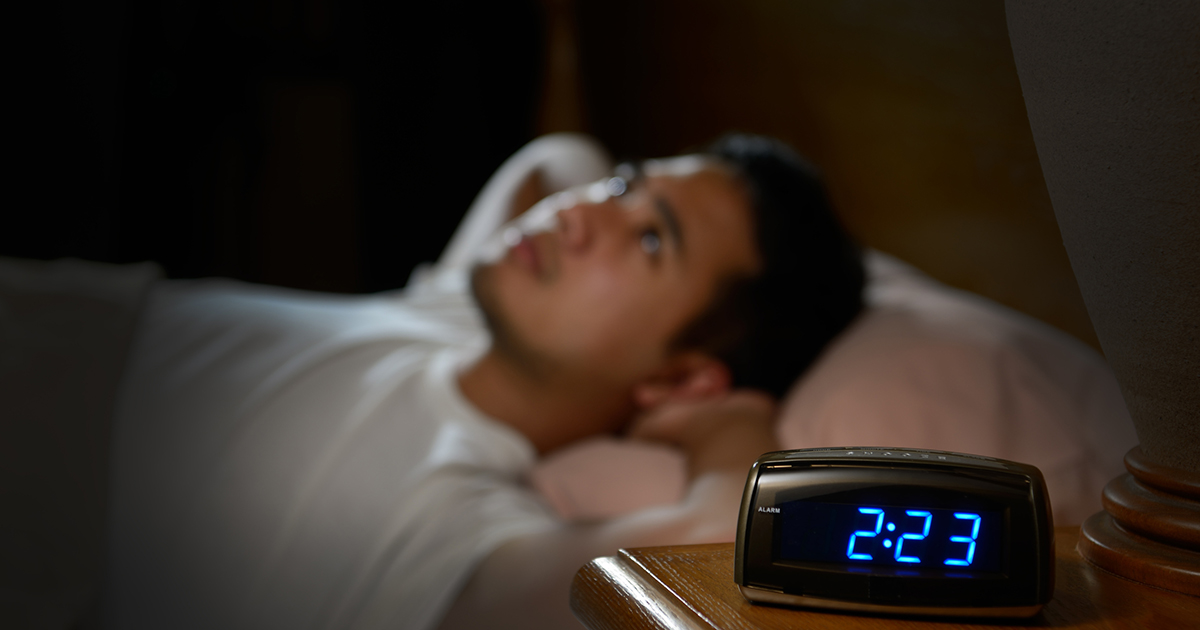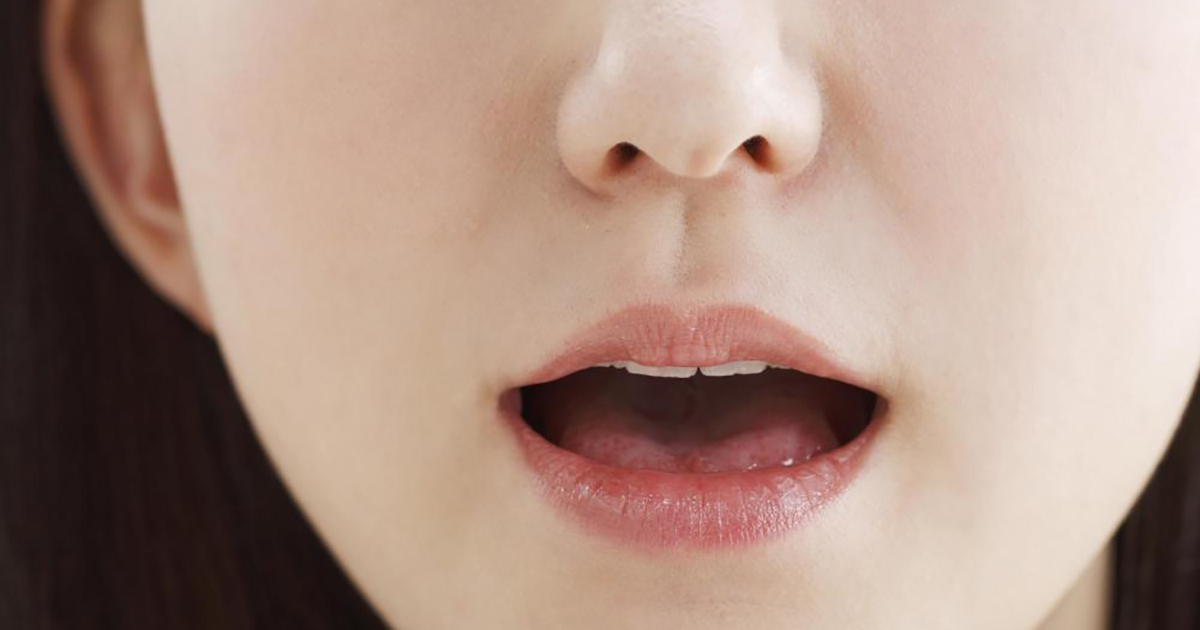Symptoms Of Maladaptive Daydreaming
Most individuals find themselves daydreaming at one time or another. There is a psychiatric condition, however, called maladaptive daydreaming that extends beyond ordinary daydreaming and interferes with an individuals ability to perform everyday tasks and interrupts social interaction. Individuals with maladaptive daydreaming experience intense daydreams, many of which are pleasurable. This pleasurable escape can make it difficult for the individual to want to disregard the fantasy and control of their daydreams for reality. These daydreams can be triggered by certain topics, noises, smells or physical stimuli. While maladaptive daydreaming is not currently recognized as an official disorder, many experts believe it requires more study to find an official and effective treatment. Get to know the symptoms of this condition now.
Trouble Sleeping At Night

Individuals with maladaptive daydreaming will often have some of their most vivid and disruptive daydreams close to bedtime leading to trouble sleeping at night. These daydreams may be so intense that individuals will lie awake for hours, engaged in the daydream. Research indicates maladaptive daydreamers spend, on average, four hours per day engaged in daydreaming. The extensive amount of time spent daydreaming along with consistent and recurrent bouts of engagement at night increase the risk of insomnia in individuals with maladaptive daydreaming. New research indicates insomnia can become long term and persistent even after episodes of maladaptive daydreaming have subsided.
Learn more about maladaptive daydreaming symptoms now.
Whispering While Daydreaming

Whispering while daydreaming is a common symptom of maladaptive daydreaming. This symptom is typically due to the vivid nature of the daydream. Individuals become so engaged in the daydream, skewing the lines between fantasy and reality. Whispering during maladaptive daydreaming episodes may also be accompanied by facial expressions, hand and body gestures, as well as expressions of emotions such as laughter or crying. These outward expressions may seem odd to others and may be mistaken for signs of another mental illness. It is important to remember the intensity of the daydreams is so profound for individuals experiencing maladaptive daydreaming, that the daydream becomes their reality and therefore their reactions and responses to events occurring within the daydream will be similar to those they would have in reality to scenarios actually occurring.
Continue reading to reveal more signs of maladaptive daydreaming.
